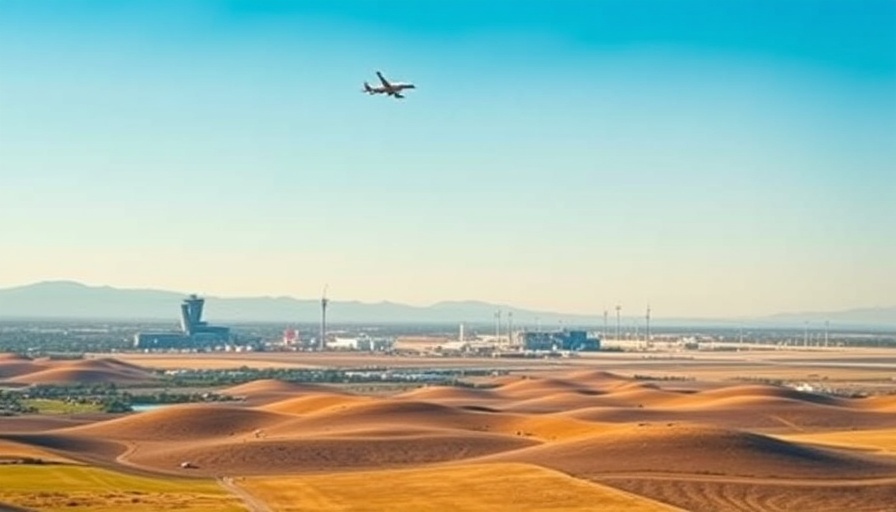
Exploring Colorado’s Thriving Airport City: A Skyward Expansion
In the heart of Colorado, a transformation is underway as developments spring to life in the vicinity of Denver International Airport (DIA). This bustling hub is more than just an air travel gateway; it represents a multi-faceted economic engine poised to enhance local commerce, infrastructure, and lifestyle.
Understanding the Economic Impact of DIA
Denver International Airport served over 80 million passengers in 2024, making it one of the busiest airports in the world. Its impact on the local economy is monumental, contributing more than $47 billion annually. Beyond just air traffic, DIA owns extensive land—over 16,000 acres designated for commercial development—creating significant opportunities for businesses and investors alike.
How the “Airport City” Concept Is Taking Shape
The vision for an “airport city” is not just a distant dream. Collaborations between airport authorities and local municipalities are fostering a comprehensive plan aiming to transform surrounding undeveloped areas into a thriving commercial district. Key districts include multiple mixed-use developments offering hotel spaces, dining options, and significant industrial capacities.
New Developments on the Horizon
Recent announcements reveal ambitious projects set to redefine the landscape around DIA. Swire Coca-Cola is planning to build a substantial 570,000-square-foot bottling plant, while PepsiCo is following suit with a 1.2-million-square-foot facility close by. These facilities underscore the region's attractiveness for large-scale manufacturers. The ground lease agreements established with these companies reflect a commitment to creating jobs and stimulating local economic growth.
Enhancing Accessibility and Amenities
The construction of a state-of-the-art flight training center and the introduction of retail spaces like gas stations, restaurants, and coffee shops highlight the comprehensive approach to making this area not just an industrial hub but a community destination. Future plans include a range of services from ride-share parking services to family-friendly dining options, which are vital for meeting the needs of travelers and local residents alike.
Looking Forward: Sustainable Growth and Opportunities
The future of the airport city concept appears promising, with strategic plans involving transit-oriented designs tailored for the needs of future businesses. As these projects come to fruition, Denver stands to become an example of how intelligent urban planning can yield economic benefits while enhancing community life. This places DIA at the forefront of sustainable growth in Colorado.
Customer-Centric Development: Listening to Community Needs
Ken Cope, senior vice president of real estate development at DIA, emphasizes the importance of balancing the interests of the airport with those of the local community. As developments progress, stakeholder engagement is key to ensuring they meet the needs of future residents, travelers, and businesses alike. The airport's strategic development plan considers every aspect of locality from shopping to transportation, showcasing a holistic approach to urban planning.
Conclusion: The Future of Denver’s Airport City
As we look ahead, the developments around Denver International Airport signal a new era of economic vitality. With more than 16,000 acres available for compatible commercial use, coupled with ongoing community engagement, the potential for growth could redefine not just DIA but the greater Denver area. The planned bottling plants, hotels, and the flight training center will soon enhance the region’s capacity to serve locals and visitors. Keeping an eye on this exciting transformation will reveal the consumer-driven trends that will shape the future of Denver’s airport city.
 Add Row
Add Row  Add
Add 




 Add Row
Add Row  Add
Add 

Write A Comment